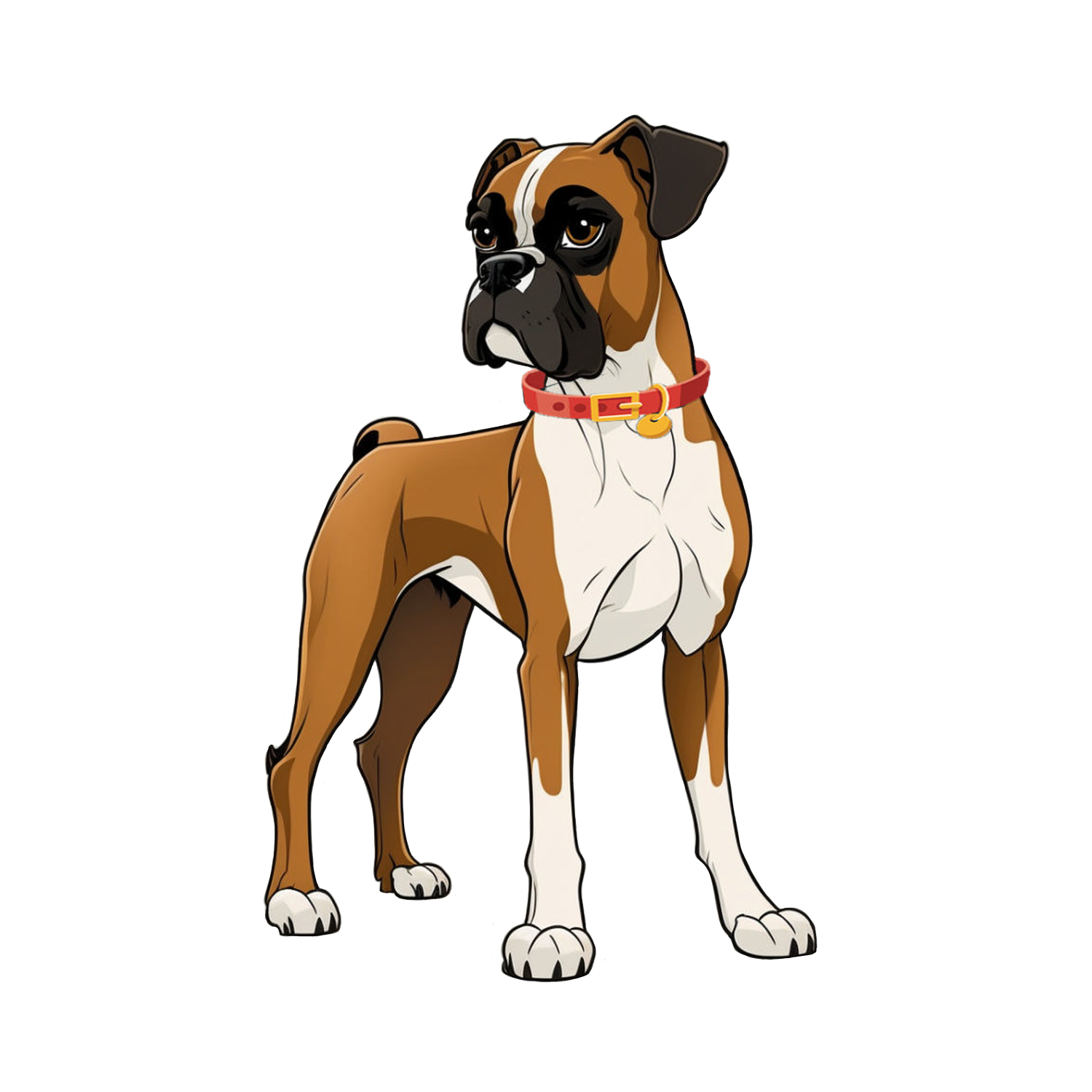1|18|25 - Become a Junior Geologist: Time for a Rock and Mineral Collecting Adventure!
Hello, young rock hounds! Are you ready to become a junior geologist and discover the amazing world of rocks and minerals? The Earth is full of hidden treasures just waiting for you to find them. From sparkling crystals to colorful stones, each rock and mineral tells a story about our planet’s history. Grab your collection bag and magnifying glass—let’s dig a little deeper into the fun of rock and mineral collecting!
What Does a Geologist Do?
A geologist is a scientist who studies rocks, minerals, and the Earth. They look at rocks to learn how mountains, volcanoes, and even oceans were formed millions of years ago. But you don’t have to be a grown-up scientist to start exploring—you can become a junior geologist today!
As a rock and mineral collector, you’ll get to:
Search for cool rocks in nature.
Learn to identify minerals like quartz and feldspar.
Build your own rock collection that’s unique and special!
Types of Rocks and Minerals You Might Find
There are so many kinds of rocks and minerals to discover! Here are some you might find on your adventure:
Quartz: This shiny mineral comes in many colors, including clear, pink, and purple (amethyst). Look for it sparkling in the sunlight!
Fossils: Fossils are the remains of plants or animals that lived long ago, now turned into stone. How cool is that?
Basalt: A dark, smooth rock that comes from cooled lava. You might find it near volcanoes!
Granite: A tough rock made of tiny crystals. It’s used to build things like countertops and monuments.
Pyrite: Also called "fool’s gold," pyrite is a shiny, golden mineral that looks like treasure.
How to Start Rock and Mineral Collecting
Starting your own rock collection is easy and fun! Follow these steps to begin your journey as a junior geologist:
Get the Right Tools
You don’t need fancy equipment to start collecting, but a few tools can make your adventure more fun:Collection bag or bucket: To carry your finds.
Magnifying glass: To look closely at your rocks.
Notebook and pencil: To write down where you found each rock.
Rock hammer (optional): For breaking rocks to see what’s inside (ask an adult to help).
Find a Good Spot to Explore
You can find rocks and minerals almost anywhere, but here are some great places to start:Parks or nature trails: Look along paths, near streams, or in open fields.
Beaches: Search for colorful pebbles and smooth stones.
Quarries or rock pits: These places often have lots of unique rocks.
Always get permission before exploring!
Look Closely and Take Your Time
When you’re exploring, look for rocks that stand out—ones that are shiny, colorful, or have interesting shapes. You might need to brush off dirt to see their true colors.Keep Track of Your Treasures
Write down where you found each rock or mineral in your notebook. This will help you remember your adventures and learn about the places where rocks and minerals are formed.
Fun Rock Facts to Know Before You Collect!
The Earth has three types of rocks:
Igneous rocks are formed from cooled lava or magma.
Sedimentary rocks are made from layers of sand, clay, or shells pressed together.
Metamorphic rocks are rocks that have changed over time due to heat and pressure.
Minerals are the building blocks of rocks. Each rock is made of one or more minerals.
Crystals grow in patterns. Some minerals, like quartz and amethyst, grow into crystal shapes when they form.
How to Display Your Collection
Once you’ve collected some amazing rocks and minerals, you’ll want to show them off! Here are some fun ways to display your treasures:
Rock shelf: Line up your rocks on a shelf with labels showing where you found them.
Shadow box: Use a small box to create a mini-museum for your favorite finds.
Egg carton: Place smaller rocks in each section of an egg carton for easy storage.
Be a Rock Detective
Want to learn more about the rocks you find? Here are some clues to look for:
Color: Is it bright or dull?
Texture: Is it smooth, rough, or bumpy?
Shine: Does it sparkle in the light?
Hardness: Can you scratch it with your fingernail, or is it tough?
You can use a rock and mineral guidebook or an online resource to figure out what kind of rock or mineral you’ve found.
Fun Activities for Junior Geologists
Make a Rock Painting: Use paints to decorate smooth stones with fun designs.
Grow Your Own Crystals: You can create crystals at home using salt, sugar, or baking soda.
Visit a Rock Shop or Museum: Check out cool rock and mineral collections in your area.
Create a Rock Journal: Draw pictures and write stories about your favorite finds.
Ready to Rock and Roll?
Now you’re all set to start your rock and mineral collecting adventure! Whether you’re searching for shiny crystals, colorful stones, or ancient fossils, there’s always something exciting to discover. So grab your tools, head outside, and see what treasures you can find. Remember, every rock has a story to tell—you just have to dig it up!
Happy collecting, junior geologist!
